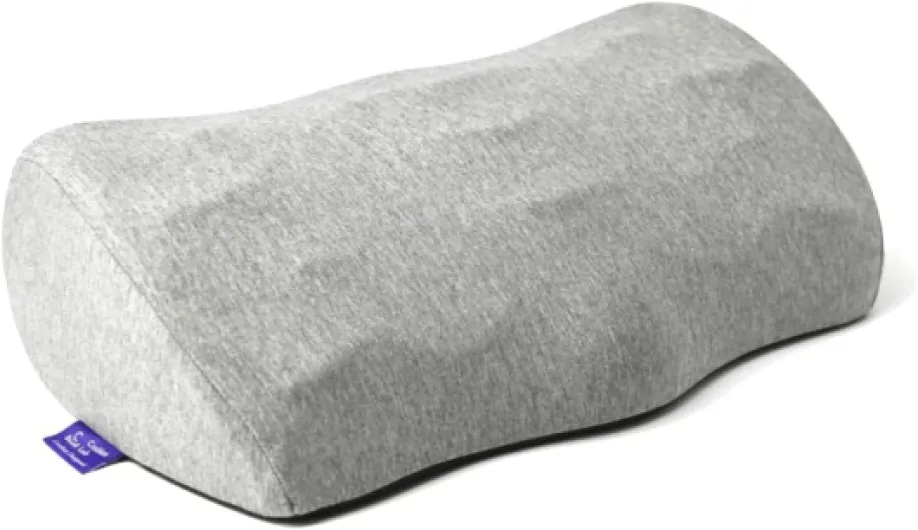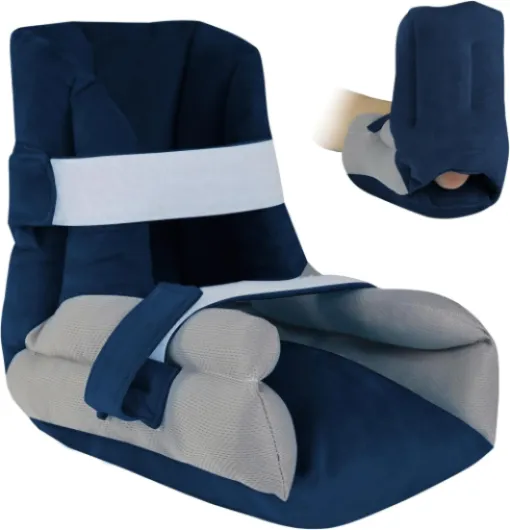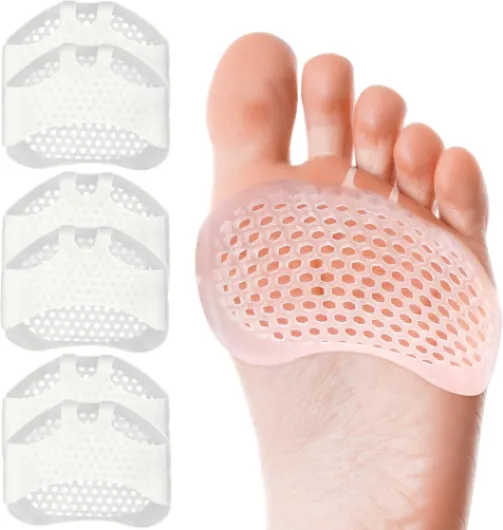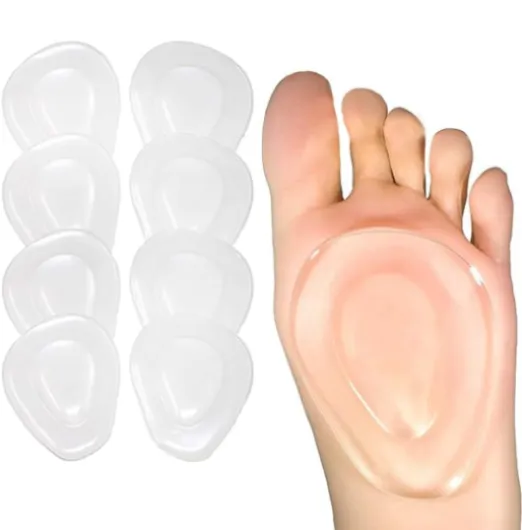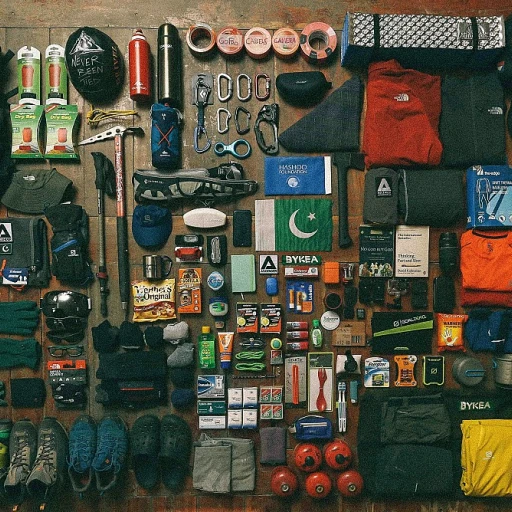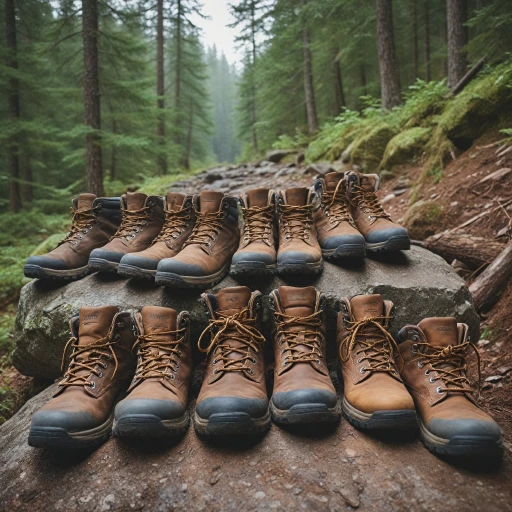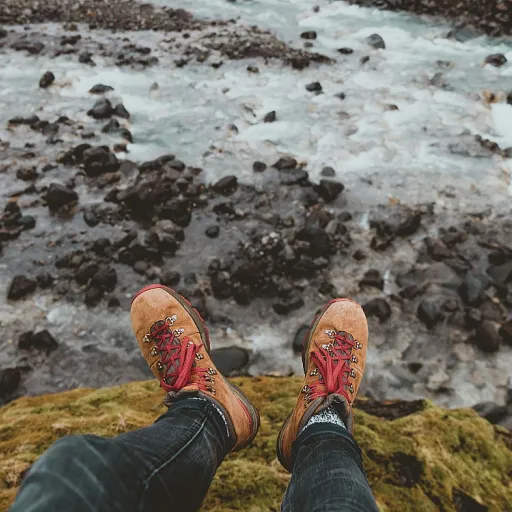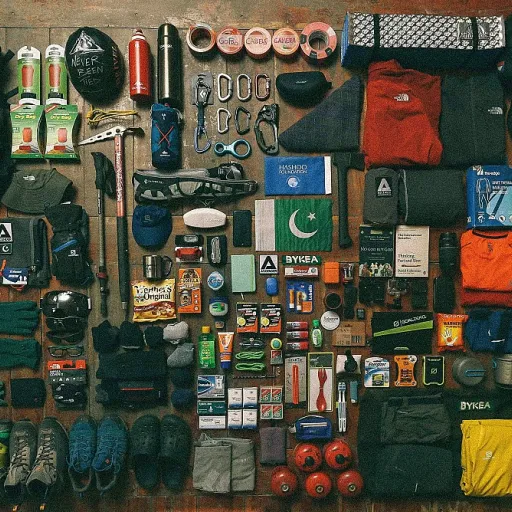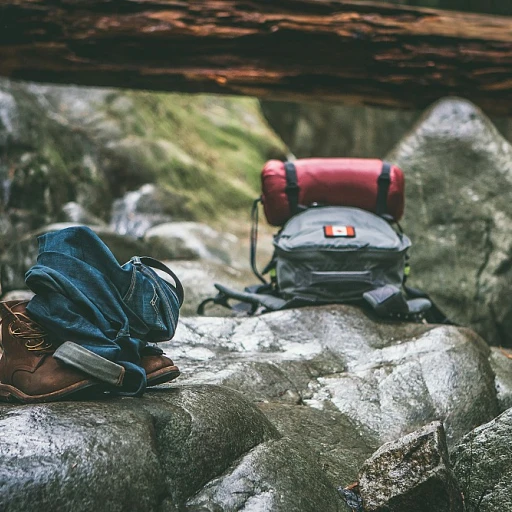
Understanding the Importance of Foot Cushions
The Critical Role of Cushions in Hiking
When hitting the rugged terrains for hiking adventures, enhancing the comfort beneath your feet becomes imperative. The right foot cushions can significantly alleviate the foot pain that often plagues hiking enthusiasts. Understanding the need for specific padding, such as metatarsal pads, is essential for the support of the forefoot. Without them, the repetitive strain from the uneven ground leads to various aches, including heel pain, joint pain, and persistent forefoot pain. The anatomy of a hiking boot, while robust, may not always provide the individualized fit or adequate arch support that some hikers require. The implementation of purpose-fit gel insoles and pads caters to this need, offering a tailored approach to discomfort and reducing instances of plantar fasciitis and arch pain. Even with the best gear, hiking trails can lead to the formation of calluses and blisters. Herein lies the importance of foot cushions that shield the skin from excessive friction. A well-chosen cushion integrates into the boot seamlessly, providing that soft touch necessary to mitigate the roughness of the wild. For those looking to delve deeper into how various aspects of gear influence their hiking experience, an interesting perspective to explore is the impact of red shoe laces on hiking boots. This aspect, along with the choice of foot cushioning, plays a substantial role in optimizing the overall hiking experience.Types of Foot Cushions Available
Exploring the Variety: Foot Cushion Options
When it comes to hiking adventures, the right foot cushions can be a game-changer, especially when dealing with foot pain or seeking enhanced comfort. Understanding the diverse range available can help you make an informed choice that suits your unique hiking needs.
Among the most common types, gel insoles stand out for their soft and adaptive nature, providing targeted support and comfort to your foot. They are particularly effective for relieving heel pain and arch pain, catering well to hikers with conditions such as plantar fasciitis. Navigating rough terrains becomes less daunting with these adaptable insoles.
Meanwhile, metatarsal pads, often termed met pads, are a worthy option to consider for those suffering from forefoot pain or joint discomfort. These pads deliver necessary support to the metatarsal region, alleviating pressure and enhancing mobility.
For those who prioritize affordability, foam balls provide a comfortable yet price-effective alternative. They may not offer the same level of precision support as gel-based options but do provide substantial comfort.
When selecting the right foot cushion, consider your typical hiking landscape, specific pain relief needs, and arch support requirements. In doing so, you'll be investing in a game-changer in hiking boots that can significantly enhance your overall hiking experience.
Although these cushions significantly help in reducing discomfort, always pay attention to their maintenance and ensure a proper fit within your hiking boots. In addition, take heed of potential skin irritation or allergies, and choose hypoallergenic materials when possible to save yourself from potential hassle.
How to Choose the Right Foot Cushion for Your Hiking Boots
Choosing the Ideal Cushions for Optimal Comfort
When embarking on an adventurous hike, ensuring the perfect fit and support for your hiking boots is crucial. Foot cushions play a pivotal role in providing comfort and support. However, selecting the appropriate foot cushions can be quite challenging considering the variety available. Here’s a handy guide to assist in finding the perfect match:- Consider the Foot Area and Pain Points: Identify where your feet need the most support, whether it’s the forefoot, arch, or heel. Foot cushions are designed to address specific issues, such as forefoot pain with metatarsal pads, or heel pain with gel insoles. Recognizing the pain point helps narrow down the options.
- Assess the Material and Design: Foot cushions are made from various materials like gel, foam, and soft fabric. Gel ball cushions provide cushioning and shock absorption, ideal for addressing heel spurs or plantar fasciitis. Foam insoles, on the other hand, offer a supportive base, suitable for arch pain or joint discomfort.
- Evaluate Fit and Compatibility with Hiking Boots: Ensure the foot cushions fit well within your hiking boots, not altering the fit of the boots themselves. They should provide stability without sliding or bunching up inside the boots.
- Review Price and Durability: While looking for the perfect cushions might be enticing, always consider the balance between unit price and durability. Foot cushions that offer long-lasting comfort are often worth the investment. Don’t be swayed by a price unavailable; comprehensive details and ample reviews can guide wise purchases.
- Test for Pain Relief Efficiency: Trial and error might be necessary to find the best pain relief solution. Metatarsal pads can offer incredible relief for foot pain by alleviating pressure on the ball of the foot.
The Impact of Foot Cushions on Hiking Performance
Boosting Performance with the Right Foot Support
When it comes to hiking, every step counts. The right foot cushions can significantly enhance your hiking performance by providing essential support and comfort. Whether you're dealing with forefoot pain, heel pain, or the dreaded plantar fasciitis, the right insoles and pads can make a world of difference.
Foot cushions, including gel insoles and metatarsal pads, are designed to absorb shock and reduce pressure on sensitive areas like the ball of the foot and the arch. This can help alleviate joint pain and prevent skin irritation, allowing you to focus on the trail rather than your discomfort.
Choosing the Right Fit for Optimal Performance
Ensuring that your foot cushions fit properly in your hiking boots is crucial. A well-fitted cushion can provide targeted support to the ball of the foot and metatarsal area, offering pain relief and enhancing your overall hiking experience. It's important to consider the details of your foot shape and any specific pain points when selecting the right product.
While the unit price of high-quality foot cushions might seem steep, the price save in terms of reduced foot pain and increased hiking enjoyment is invaluable. Investing in the right support can help you tackle more challenging trails with confidence.
Real-Life Impact on Hiking Adventures
Many hikers have reported significant improvements in their hiking performance after incorporating foot cushions into their gear. The soft, supportive nature of these products can transform a painful hike into a pleasurable adventure. By reducing forefoot pain and providing arch support, foot cushions enable hikers to extend their journeys and explore more challenging terrains.
In summary, the impact of foot cushions on hiking performance is profound. By addressing common issues like metatarsal pain and arch discomfort, these products not only enhance comfort but also boost your ability to enjoy the great outdoors.
Maintenance and Care for Foot Cushions
Keeping Your Foot Cushions in Top Shape
- Regular Cleaning: After each hiking adventure, dirt and sweat accumulations can become breeding grounds for bacteria. Cleaning your foot cushions, especially those used for pain relief like gel insoles and metatarsal pads, helps maintain hygiene and longevity. Use mild soap and warm water, avoiding any harsh chemicals that might degrade the materials.
- Airing Out: Post-hike, it’s crucial to let your foot cushions breathe. This involves removing them from your boots and allowing them to air dry completely. This process not only reduces odor but also maintains the integrity of soft materials, such as foam balls and gel balls.
- Inspection for Wear: Regularly inspect your foot cushions for any signs of warping or thinning, particularly around high-pressure points like the ball of the foot and the forefoot. If you notice significant wear, it might be time to consider replacing them to maintain proper foot support and prevent joint pain.
- Storage: Keep your foot cushions in a dry, cool place when they’re not in use. This can prevent moisture absorption which might lead to undesired odors or deterioration. Make sure they aren’t exposed to direct sunlight for prolonged periods as this can weaken the materials.
- Avoiding Overuse: Just like any other piece of hiking gear, foot cushions have a lifespan. Overusing them could lead to reduced efficiency in providing pain relief, whether that’s for heel pain or plantar fasciitis. Rotating between different pads or insoles can help distribute wear evenly and extend their usability.
Real-Life Experiences: Testimonials from Hikers
Real-World Hiker Accounts
The difference that foot cushions make on the trail is a common topic among seasoned hikers, often highlighting their essential role in enhancing comfort and reducing pain. Many outdoor enthusiasts shared their experiences emphasizing how the right foot cushion can significantly alleviate foot pain, particularly around the forefoot and heel.
One frequent hiker recounted her issues with forefoot pain during long treks. After switching to gel insoles with additional metatarsal pads, she noticed a remarkable difference. The soft gel ball cushions provided the support her feet needed, reducing the metatarsal stress that had plagued her trips.
Another avid outdoorsman highlighted the benefits of foam ball pads. On his adventures, he found relief from arch pain through the increased arch support provided by these specially designed insoles. The pads not only cushioned his steps but also fit snugly in various types of hiking boots, ensuring that the skin on his feet remained blister-free.
Despite the varying price points and occasional stock availability issues of certain foot cushions, the consensus remains that investing in quality products is worthwhile. The unit price can sometimes reflect the durability and effectiveness of the product, offering long-term pain relief and comfort.
Hikers with plantar fasciitis often report relief from heel pain due to the use of specialized pads that focus on distributing weight and joint stress appropriately across the foot. This is a critical factor for those facing intense trails with heavy backpacks.
These authentic experiences resonate within the hiking community, underlining the importance of selecting the right foot cushions. The views captured from these testimonials offer valuable insights, encouraging others to consider their own foot care details before embarking on their next hiking adventure.

